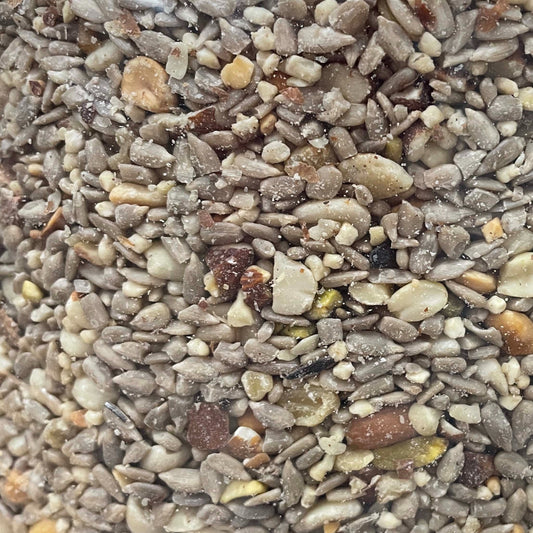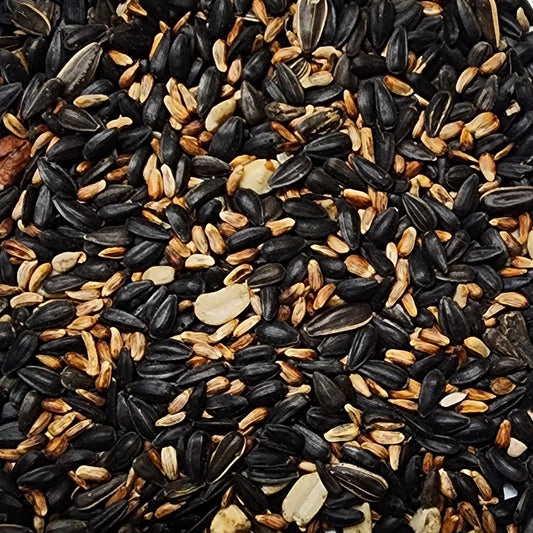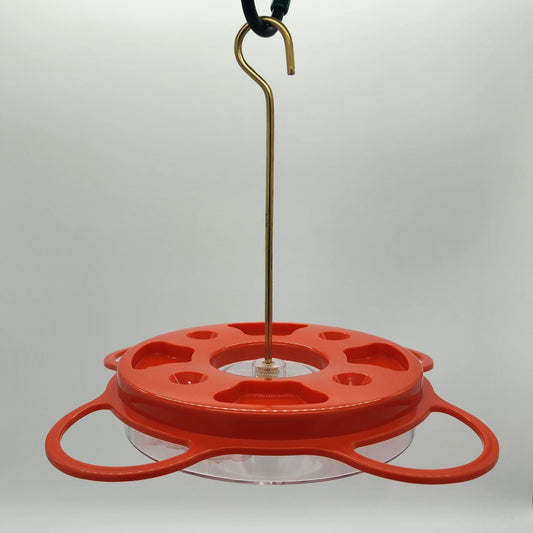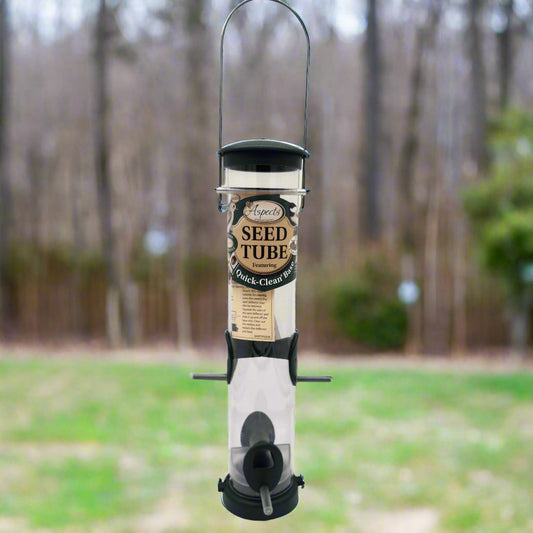American Goldfinch
 Few birds are as popular with people as the American Goldfinch (Carduelis tristis). For a bird that is so well known by bird watchers, surprisingly few know that these birds live a double life.
Few birds are as popular with people as the American Goldfinch (Carduelis tristis). For a bird that is so well known by bird watchers, surprisingly few know that these birds live a double life.It continuously surprises customers to find that goldfinches are year round residents to our area. The feeding and breeding needs of these birds make them “nomadic” in nature. When you combine that with two drastic appearance changes, you get a species that easily fools folks.
During the fall and winter months, the mild mannered goldfinch go about their lives in a dull olive grey dress with muted black and white wings. They naturally feed on small seeds of grasses, sunflowers and various other plants, commonly found along weedy field edges and overgrown pastures. At bird feeders they are most famous for eating sunflowers and nyjer seed. While many still know this seed as thistle, it is not even related to the plant that most dread to see growing in their yards. While nyjer does look like thistle seed it will not germinate.
During the spring, the male goldfinches begin to show patches of bright yellow feathers about their body and a distinct black forehead begins to emerge. By late spring, the males have completed a molt that would make the folks at Extreme Makeover jealous. Luckily for us, this is the time of year that goldfinches are generally most active at feeders. The winter supply of fall’s bounty is all used up and spring hasn’t been around long enough for plants to produce a new batch.
While other birds are pairing up and territories are limiting the number of certain species at your feeders in the spring, goldfinches remain in flocks into the early summer. Goldfinches wait to nest until mid-summer when their favorite food and nesting materials are available. The soft downy parts of the native thistle seeds make a perfect nest lining and the seeds themselves are a preferred food.
The source of the greatest confusion in the lives of these “double agents” comes in the late summer/early fall when these once common feeder birds disappear from your feeders. It is natural to think that they have migrated and they have in a sense. They disperse this time of year to take advantage of natural seed sources which are at their peak. To make matters even more confusing, the males are going through their second complete molt of the year at this time. When they return to feeders in the early winter, the males look completely different. You can’t blame them. A bright yellow bird in a bleak winter landscape is an easy target for a predator.
No matter if they are bright yellow or drab olive, the American Goldfinch is a terrific little bird. The next time you hear its distinctive “po-ta-toe-chip” flight call from overhead, just think of it as nature’s double agent.
Mark's Spotlight
-
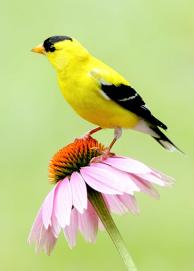
American Gold Finch
Read more about the American Goldfinch -
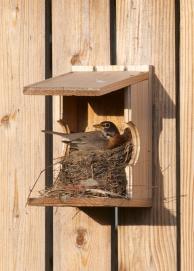
American Robin
Read more about the American Robin -
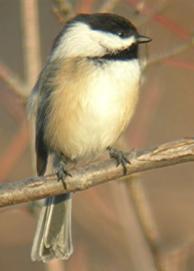
Black-Capped Chickadee
Read more about the Black-Capped Chickadee -
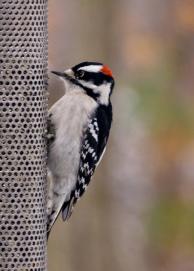
Downy Woodpecker
Read more about the Downy Woodpecker -
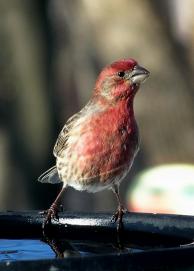
House Finch (Male)
Read more about House Finch -
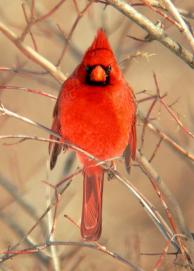
Northern Cardinal
Read More about Northern Cardinal
Shop Now!
-
Mark's No-Waste Blend™
Regular price From $15.99 USDRegular price -
Boardwalk Blend™
Regular price From $8.99 USDRegular price -
NP1009 OrioleFest
Regular price $29.99 USDRegular price -
Multi-Seed Tube Feeders w/Quick-Clean® Bases
Regular price From $59.99 USDRegular price







